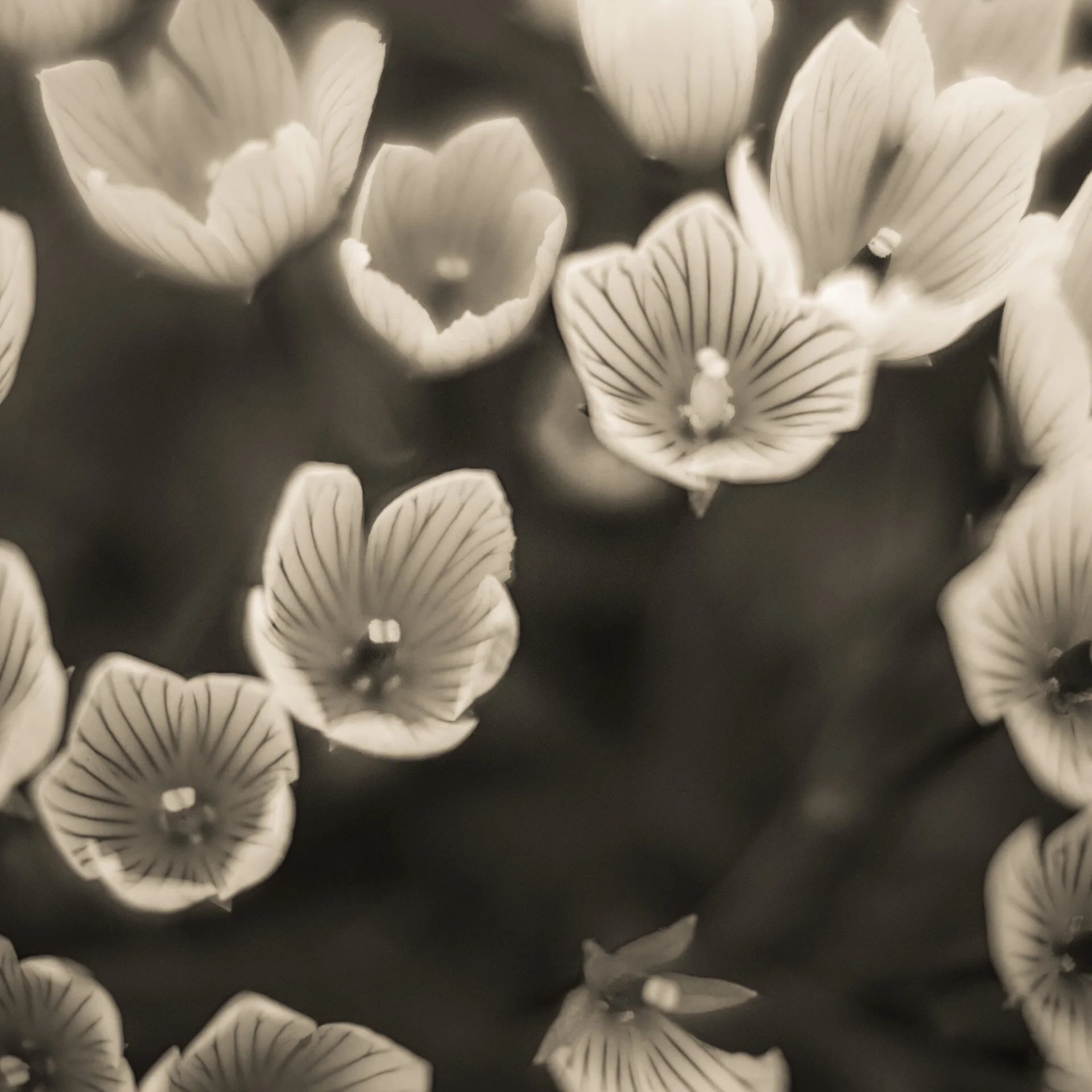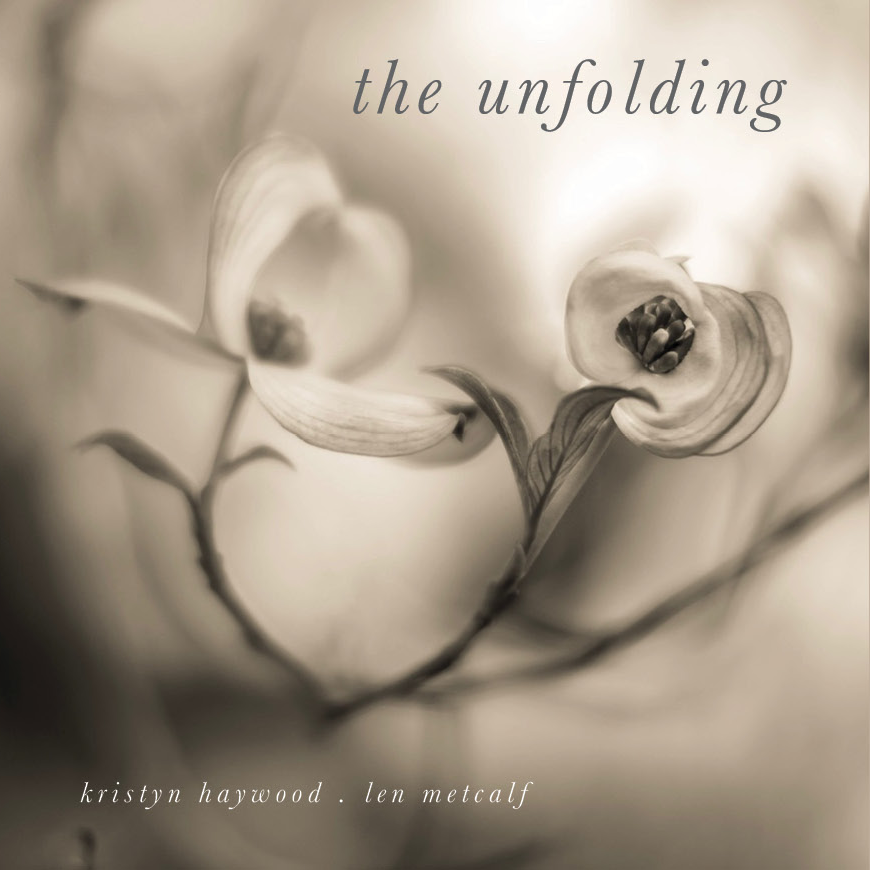monochromatic luminance
‘Luminous Photographs’ was the first real article I wrote for Better Photography. It was published Issue 75 in Autumn 2014. The first article Peter Eastway published was an older blog post I had written that had gone viral. Since I first wrote that article much has changed in my life and in my photography. Hopefully I have grown a lot in that time. But the importance and attention to luminance really hasn’t at all.
Our sight, and deep psychological programming makes us attracted to bright shinny things. Hence our love for that strip of chrome on our vehicles or that shiny gold or gemstone in our jewellery. They jump out at us. Much in the same way that highlights drag us around the photograph showing us so much of the initial reading of the image.
A luminous object traditionally gives off light, yet many things we perceive as being luminous are actually reflecting light back at us. This is usually the case in photographic prints. Though when we use a Lightbox or a digital screen, such as in our phones and computer monitors we are indeed looking at lights that are shinning back at us.
The thing here is to remember that these bright areas of our photographs will usually grab our attention, and steer us around the photograph. Learning how to see, and control our attention as it floats around the image is such an important lesson for us all.
One of the easiest compositions to master is aligning the main subject with the area of greatest luminosity. In the accompanying photograph of the Waratah this is exactly what I have done. The Waratah is the brightest and most luminous part of the photograph. There is a lovely circle of light that rings the central bulbs in the red petals that surround this richly patterned centre.
Having the main subject being the brightest object in a darker photograph demonstrates this attention to luminosity easily and makes for a visually striking photograph. Where it starts to get harder is where there are multiple bright areas and we wish to move away from having a bright subject in a dark background.
What happens when we reverse the composition and have a darker object on a bright luminous background of pure white. Our minds now are able to ignore the brightest areas and concentrate on the petals and the leaves of this Dogwood flower. Notice that the lighting for this photograph comes from behind and that the flower appears to glow. A question to ask yourself is what now steers your eyes around the photograph? Is it the bright areas or the black lines? Perhaps it is the areas of contrast?
As a generalisation we are attracted to the brightest areas first. But we do need to consider their volume, their sharpness and the value difference between surrounding areas of tone. Whilst luminosity might start off really simply as us being attracted to bright objects, it soon shifts into a much more complex set of understandings.
If you would like to know more about how luminosity effects our monochromatic photography, I am running a ten week online course in this beautiful genre of photography. it is run on Saturdays, between 10am and 3pm fortnightly. This gives you time to integrate your new understanding of this beautiful genre before going deeper into your understanding of it. I have been teaching online continuously for the past few years and have set this course up with that deep understanding of this teaching medium. It is so unfortunate that here in Australia most of us are in lockdown. Here is a fascinating learning opportunity to utilise that valuable time while you are at home.
https://www.lensschool.com/workshops-tours/monochrome-lens-2021
Book now, limited spots.
Photographs and text Copyright © Len Metcalf 2021










